A diverse and inclusive art world in the making
by Vatsala SethiDec 26, 2022
•make your fridays matter with a well-read weekend
by Manu SharmaPublished on : Nov 04, 2024
WIELS Contemporary Art Centre in Brussels, Belgium is currently presenting the exhibition Christopher Kulendran Thomas: Safe Zone, featuring mixed media works by Christopher Kulendran Thomas, an artist of Tamil descent with roots in Sri Lanka. The solo exhibition is on from September 07, 2024 - January 05, 2025, and explores the artistic foundations of Western imperialism and its legacy in Sri Lanka. The show is organised by Helena Kritis, curator at WIELS, who joins STIR for an interview that explores the critical lens Kulendran Thomas brings to bear on Sri Lanka’s colonial art history and the use of artificial intelligence (AI) in his works.
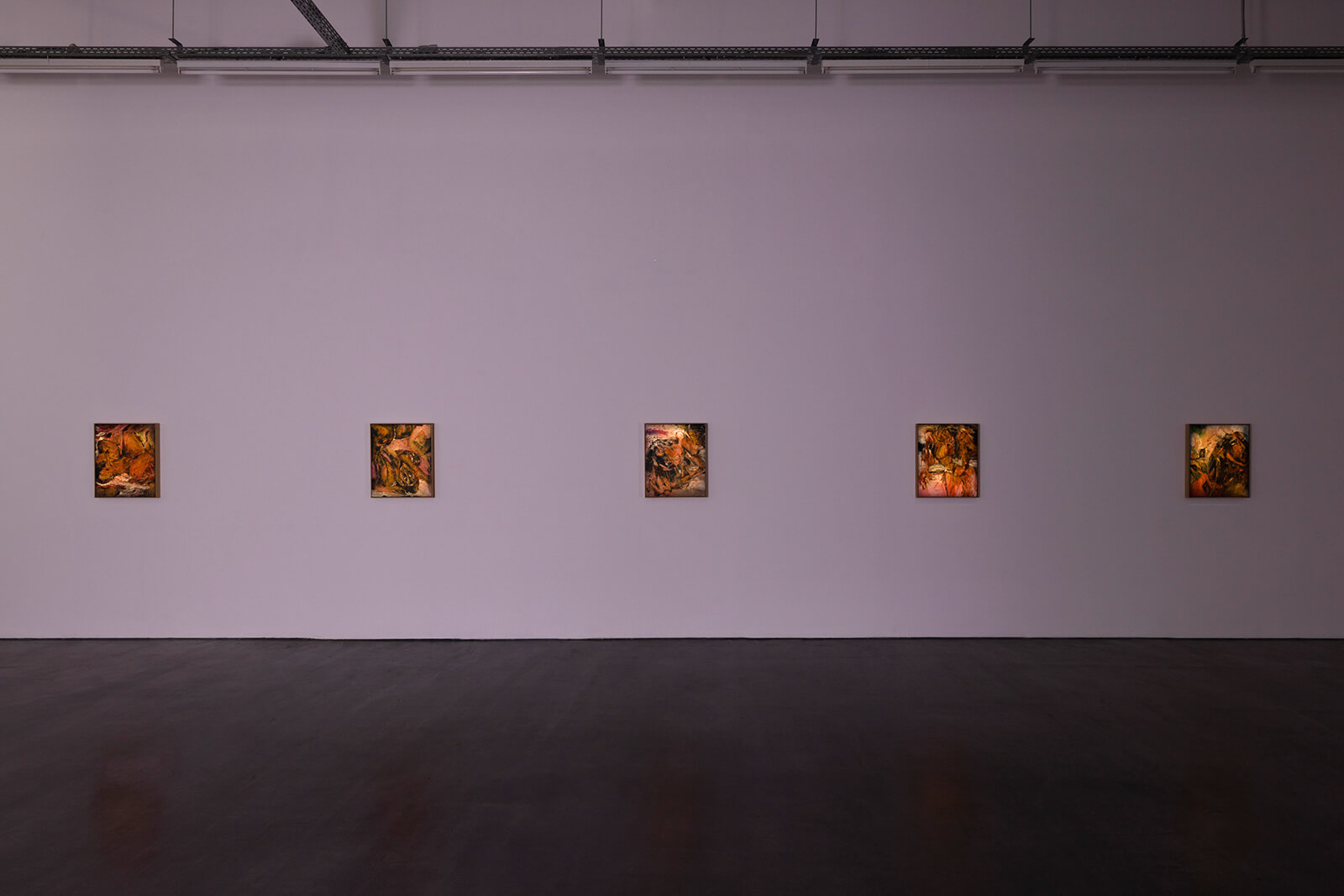
Kulendran Thomas' artworks bridge cutting-edge technologies with traditional mediums. In Safe Zone, the artist presents paintings that he created by taking reference from imagery produced by an AI model that he coded. Kulendran Thomas trained this AI model on the art of early Sri Lankan modernists such as Justin Pieris Deraniyagala (1903-1967) and George Keyt (1901-1993). He views them as important figures in Sri Lanka’s colonial art history and they are credited especially with integrating a Cubist language on the island. Kritis tells STIR, “By using AI to analyse and extrapolate from the work of George Keyt or Justin Deraniyagala, to name two examples, Kulendran Thomas honours their legacy but also questions the notion of individual artistic genius." Both Keyt and Deraniyagala received their art education at elite Anglican schools, with Keyt studying at Trinity College in Kandy, Sri Lanka and Deraniyagala attending the Slade School of Fine Art, London. There, they absorbed European art theory – they now channel it through themes that were primarily based in South Asia. Deraniyagala often depicted Sri Lankan human figures and Keyt extensively painted scenes from the Jataka tales, which are native to the Indian subcontinent and tell the stories of the previous lives of the Buddha. Therefore, since Kulendran Thomas’ painting works are based on AI-powered generative art that blends western and traditional South Asian languages, he is effectively adding another layer of artistic expression through digital technology, that “challenges traditional ideas of authorship and originality, suggesting instead a fluid, collective understanding of creativity that spans across time, cultures and even the human-machine divide,” as Kritis notes.
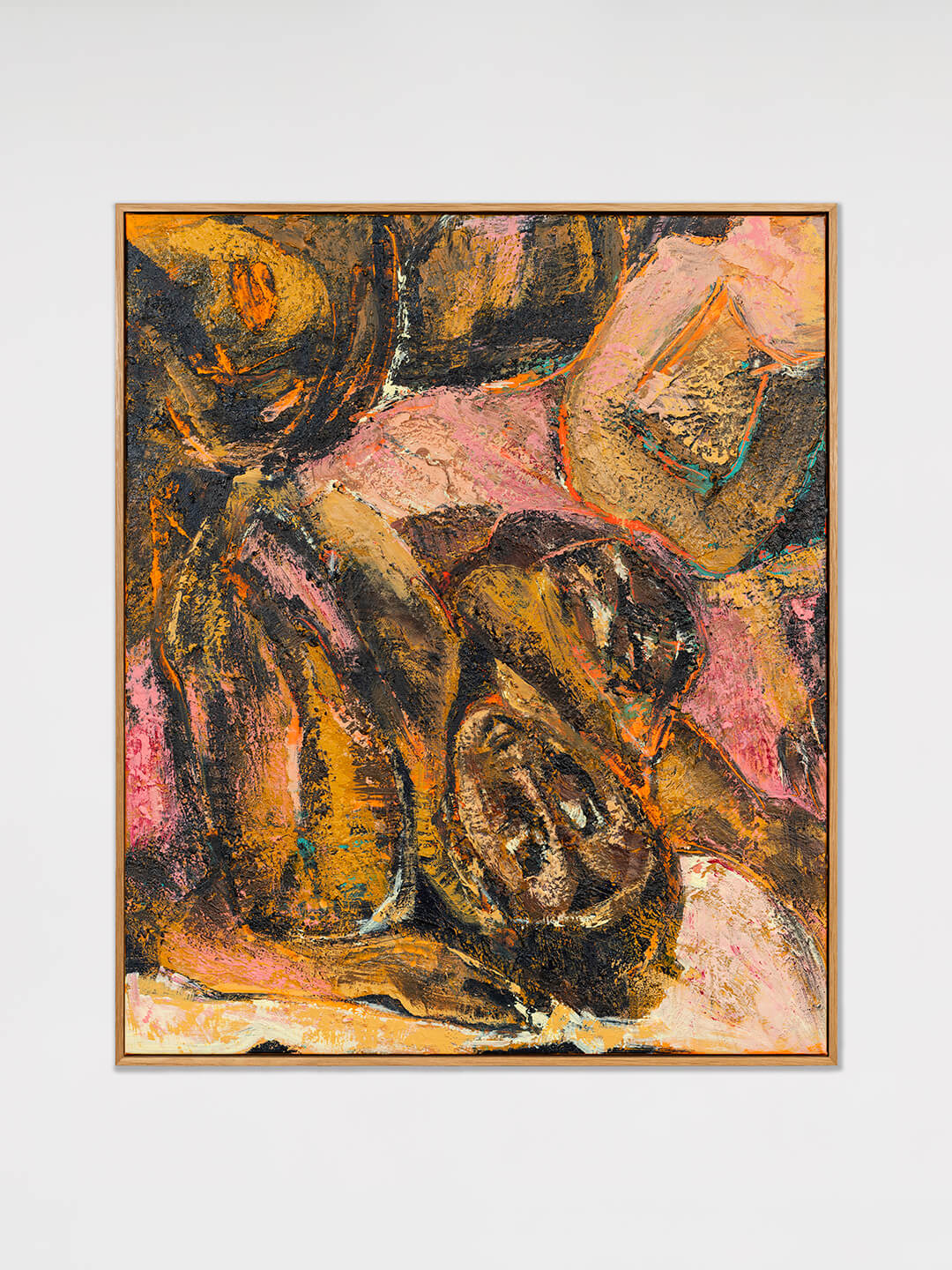
In the paintings presented at Safe Zone, Kulendran Thomas’ subjects are civilian victims of war, who are suffering or deceased. Their limbs are contorted and some works in the series suggest the use of explosives. These paintings are far more disturbing than those of the early Sri Lankan modernist artists and depict scenes from the Mullivaikkal Massacre, a dark moment in 21st century Sri Lankan history that has seen little international press coverage. The Mullivaikkal Massacre was the brutal culmination of the Sri Lankan Civil War (1983 - 2009), a conflict that saw the militaries of Sri Lanka and India locked in a struggle against the erstwhile rebel Tamil military force LTTE (Liberation Tigers of Tamil Eelam). Under the de-facto leadership of Velupillai Prabhakaran, the LTTE sought to gain international recognition for Tamil Eelam, which are Sri Lanka’s territories that are seen as a home by its Tamil-speaking population. While the horrors of the Sri Lankan Civil War cannot be understated, the persecution of Sri Lankan Tamils stretches much further back than the early '80s, as pogroms were conducted against the community in 1956, 1958, 1977, 1981 and 1983 as well. Kulendran Thomas’ family fled their country, with the artist having been born in London in 1979.
He suggests that colonial narratives have not only shaped perceptions of Sri Lanka as a whole but have also contributed to the marginalisation of Tamil culture and history within that context. – Helena Kritis, curator, WIELS
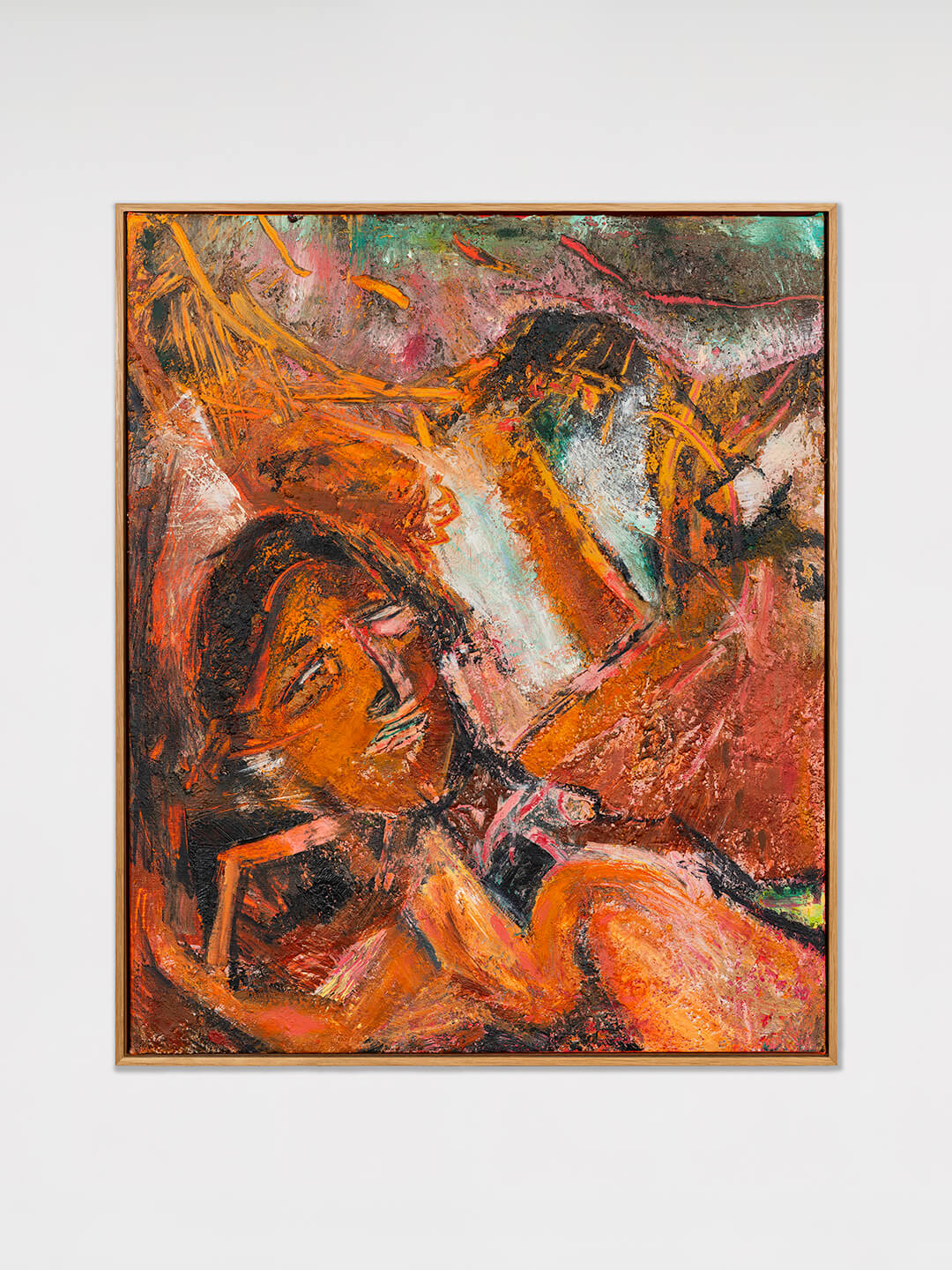
Returning to the massacre, Mullivaikkal is in northern Sri Lanka, which had been designated as a no-fire zone for large swathes of the nation’s displaced Tamil population during the closing stages of the war. However, this was a ruse to lure tens of thousands of Tamils to the beaches, whom the Sri Lankan military then killed in a prolonged salvo of indiscriminate shelling. International commentators have cited the shelling to have begun as early as February 2009, with the violence reaching a fever pitch on May 18, when the Sri Lankan army conducted a large-scale ground assault against the civilians and LTTE forces in Mullivaikkal. May 18 also saw the killing of Prabhakaran at the hands of Sri Lankan soldiers, as well as the surrender of the LTTE.
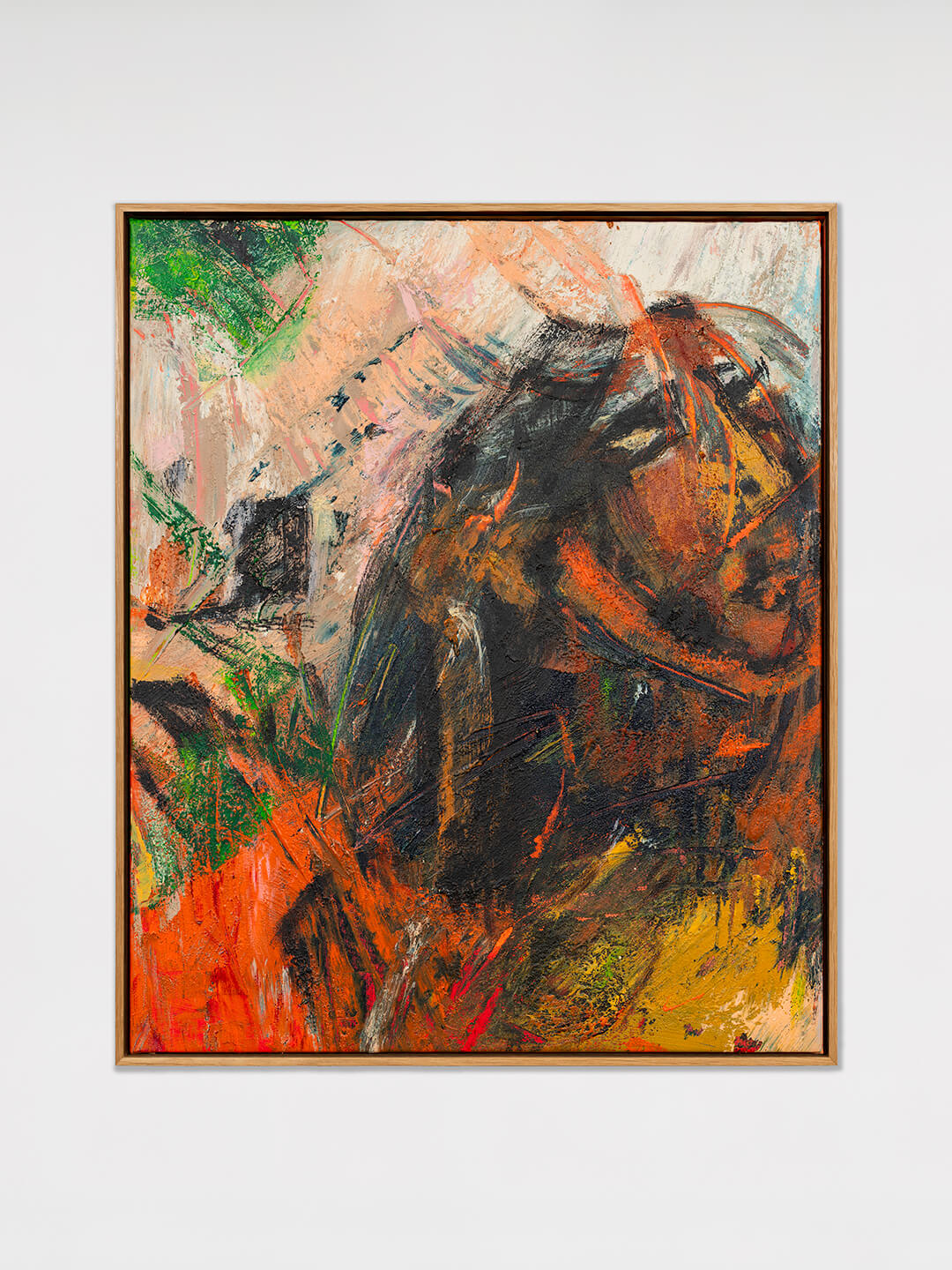
Beyond Kulendran Thomas’ paintings, the exhibition also presents Peace Core (2024), a 24-channel spherical video installation created with long-term collaborator Annika Kuhlmann. Kuhlmann is a curator based in Berlin and London and the artistic director of New Eelam (2019), an artwork in the form of a real-estate technology company developed by Kulendran Thomas that is developing global housing based on a model of subscription-based collective co-ownership. New Eelam’s subscription will offer global citizens access to high-quality apartments around the world, as well as the ability to trade their access privileges in exchange for subscription subsidies over time. Peace Core activates AI to continuously stitch together footage shown on news channels from a seemingly anodyne morning in the United States, over 20 years ago. The digital art piece presents a seemingly banal slew of celebrity interviews, advertisements and banal chatter. However, it is far from meaningless: This is the footage that was shown on American television on the morning of the September 11 terrorist attacks. The immersive installation adds algorithmically generated music to the clips, creating a hypnotic meditation on the media coverage that preceded the horrific incident. Kritis quotes Kulendran Thomas, calling the work of AI art “a monument of empire at its peak, blissfully unaware of its impending transformation and of the destruction it would soon enact elsewhere".
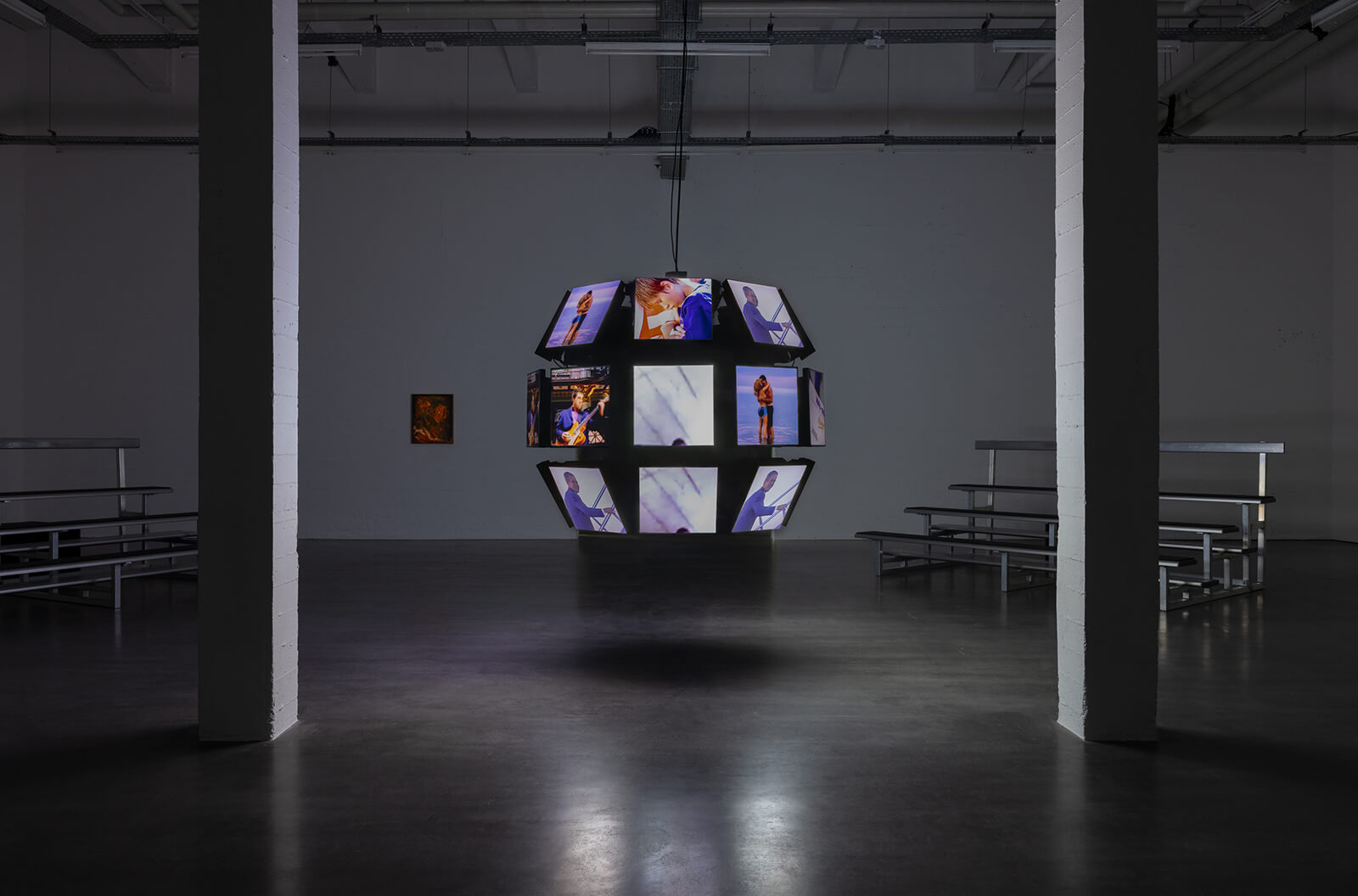
By juxtaposing Peace Core with the artist’s paintings, Safe Zone forces us to think beyond the massive loss of life that the American people suffered on 9/11 and the escalating horror that the Sri Lankan Tamils were already enduring and which would reach a crescendo nearly a decade later. The art exhibition makes us consider how the jingoistic American media narrative that would soon begin—that came to define the Global War on Terror (2001-2021)—influenced the thinking of governments in far-off lands to enact their seemingly justified acts of genocide against civilian populations. To conclude with Kritis’ words, “Kulendran Thomas constructs a speculative space where multiple historical timelines intersect. He suggests that colonial narratives have not only shaped perceptions of Sri Lanka as a whole but have also contributed to the marginalisation of Tamil culture and history within that context.”
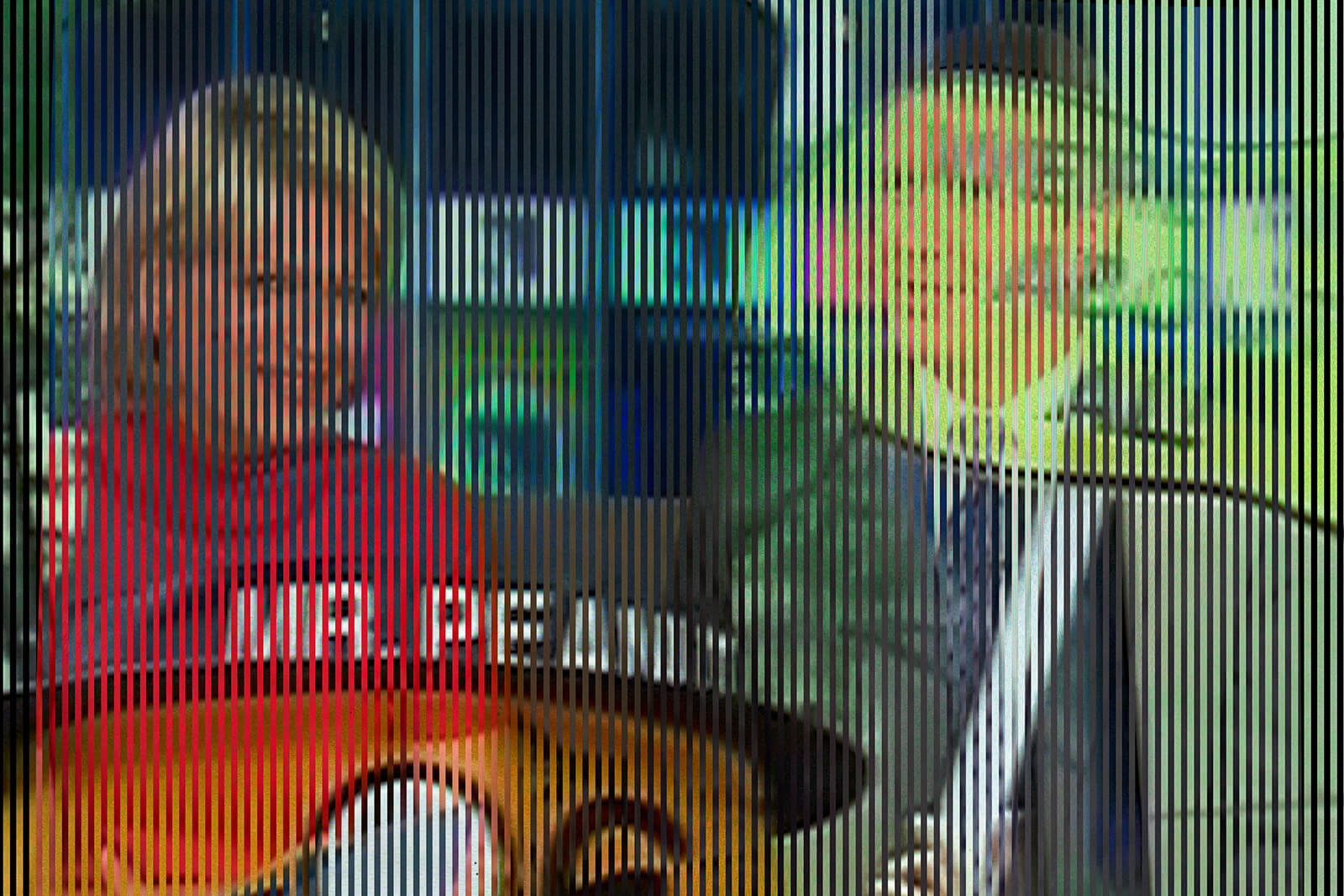
Safe Zone highlights more than the brutality meted out to the Sri Lankan Tamil community. It forces one to think of the butterfly effect of colonial legacies and how colonial grand strategies expressed through media narratives today might influence atrocities on the other side of the world a decade from now.
‘Christopher Kulendran Thomas: Safe Zone’ is on from September 07, 2024 - January 05, 2025, at WIELS Contemporary Art Centre in Forest, Belgium.
by Maanav Jalan Oct 14, 2025
Nigerian modernism, a ‘suitcase project’ of Asian diasporic art and a Colomboscope exhibition give international context to the city’s biggest art week.
by Shaunak Mahbubani Oct 13, 2025
Collective practices and live acts shine in across, with, nearby convened by Ravi Agarwal, Adania Shibli and Bergen School of Architecture.
by Srishti Ojha Oct 10, 2025
Directed by Shashanka ‘Bob’ Chaturvedi with creative direction by Swati Bhattacharya, the short film models intergenerational conversations on sexuality, contraception and consent.
by Srishti Ojha Oct 08, 2025
The 11th edition of the international art fair celebrates the multiplicity and richness of the Asian art landscape.
 surprise me!
surprise me!
make your fridays matter
SUBSCRIBEEnter your details to sign in
Don’t have an account?
Sign upOr you can sign in with
a single account for all
STIR platforms
All your bookmarks will be available across all your devices.
Stay STIRred
Already have an account?
Sign inOr you can sign up with
Tap on things that interests you.
Select the Conversation Category you would like to watch
Please enter your details and click submit.
Enter the 6-digit code sent at
Verification link sent to check your inbox or spam folder to complete sign up process



by Manu Sharma | Published on : Nov 04, 2024
What do you think?